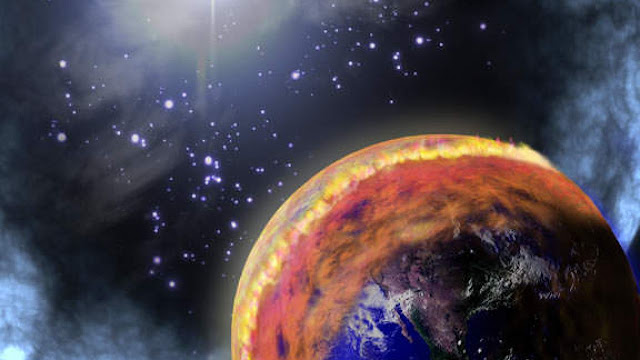In a groundbreaking discovery, astrophysicists have reported that the IceCube Neutrino Observatory, a detector located at the South Pole, picked up an unusual signal.

This signal suggested that an antineutrino, a particle from far beyond our galaxy, had traversed space and time before crashing into Antarctica and releasing a cascade of other particles.
This phenomenon, known as the “Glashow resonance,” was predicted over 60 years ago by future Nobel laureate Sheldon Glashow. However, it has been challenging to detect due to the high energy required by the antineutrino.
The detection of this antineutrino is significant for two reasons. Firstly, it confirms predictions made by the Standard Model in physics. Secondly, it demonstrates that researchers can use the cosmos as a natural, high-energy laboratory to probe new physics. This discovery opens up a new window on neutrino astronomy, offering a unique opportunity to study these elusive particles.
The antineutrino detected by the IceCube Observatory required about 1,000 times more energy than what’s produced in the most powerful colliders on Earth. This suggests the existence of cosmic accelerators in space that can propel high-energy particles. The detection of this antineutrino is a testament to the capabilities of these natural accelerators and the potential they hold for future discoveries.
In conclusion, this discovery marks a significant step forward in our understanding of the universe. The detection of an antineutrino from outer space crashing into Earth provides invaluable insights into the nature of these particles and the processes that occur in the cosmos. This could potentially reshape our understanding of the universe and open up new avenues for research in the field of astrophysics.
Research paper





